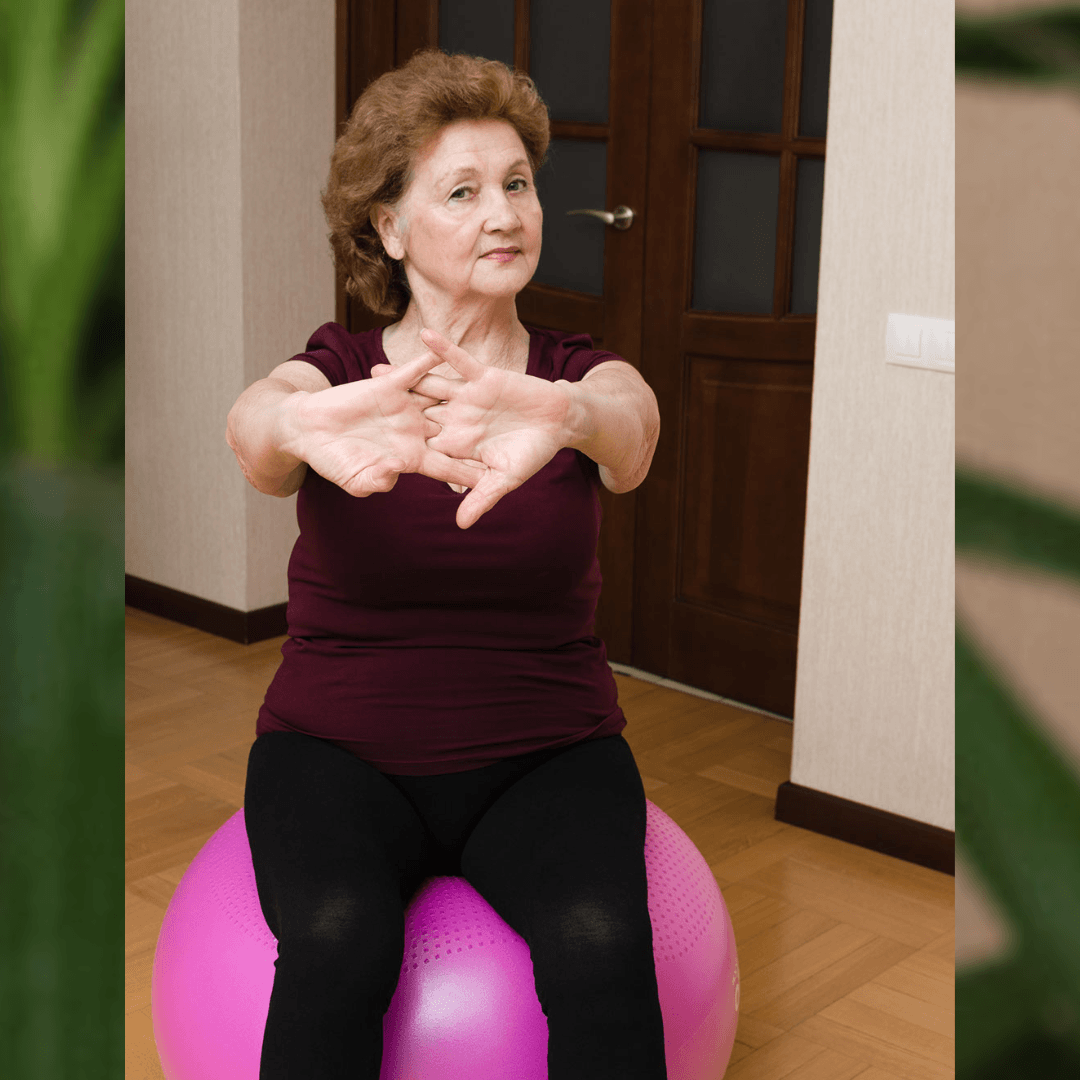Flexibility Training: A Key Component of Aging Gracefully
As we age, our bodies undergo various physical changes which can impact our overall health and wellness. One significant change is the loss of flexibility, which can lead to decreased balance, coordination, and an increase in muscle cramps. By incorporating flexibility training into your daily routine, you can combat these age-related changes, improve your sleep, and maintain a strong mind-body connection. In this article, we will explore the significance of flexibility training for adults over 40, its potential benefits, and tips to incorporate it into your daily routine.
The Importance of Flexibility Training
Many adults overlook flexibility when designing their fitness routines, instead focusing on cardiovascular exercises and strength training. However, for adults aged 40 and above, flexibility training plays a crucial role in maintaining physical and mental wellness, and should be a key focus in any fitness routine.
Some risks of neglecting flexibility training include:
- Reduced balance and coordination: Stiffer muscles and joints can negatively impact our balance, making us more prone to falls and related injuries.
- Increased muscle cramping: Lack of flexibility can lead to muscle cramps, which can be both painful and limit our overall functional capacity.
- Poor sleep quality: Tight muscles can lead to discomfort, making it harder to find a comfortable sleeping position and reducing overall sleep duration and quality.
By incorporating flexibility training into your routine, you can prevent or counteract these limitations and enjoy:
- Improved posture: Greater flexibility can help correct imbalances in your muscles, leading to better posture.
- Greater ease in performing daily activities: A more flexible body can make daily tasks, like bending, lifting, and reaching, much more comfortable.
- Improved athletic performance: Flexibility training can help support your other fitness goals, like cardiovascular endurance and strength improvements.
Specific Exercises to Improve Flexibility
There are a variety of exercises and activities that can help you enhance your flexibility, including:
- Yoga: This mind-body practice not only improves your flexibility, but also aids in stress reduction, and helps improve mental clarity.
- Stretching: Incorporate dynamic stretches into your warm-up prior to engaging in physical activity, and static stretches into your cool-down routine after exercise.
- Pilates: This form of exercise emphasizes the balanced development of the body through core strength and flexibility exercises.
Tips for Beginners
To safely and effectively incorporate flexibility training into your routine, consider the following tips:
- Frequency: Aim to perform flexibility exercises at least 2-3 days per week, and ideally every day.
- Duration: Spend at least 10-15 minutes on each session, focusing on major muscle groups.
- Intensity: Stretch your muscles to the point of slight discomfort, but not pain. Hold static stretches for 15-30 seconds, and gently release each stretch.
By adding flexibility training to your fitness regimen, you provide your aging body with the tools it needs to maintain its vitality and well-being. Start slow, be consistent, and watch as you reap the many benefits of improved flexibility in your daily life.






